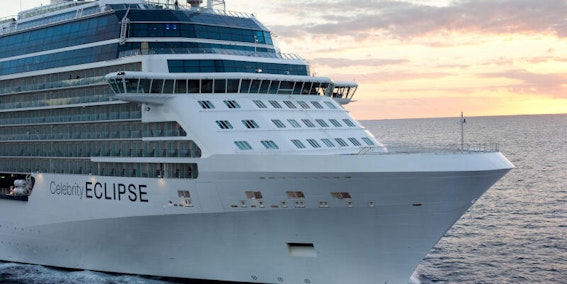More about Buenos Aires
Why Cruise to Buenos Aires?
A cosmopolitan city with attractions like tango shows, an elaborate cemetery and leather goods to buy
It's hard to see everything in just one day; look for itineraries with overnights
History and culture buffs, foodies, shoppers and active types will all find much to do here
Buenos Aires Cruise Port Facilities?
The port is on the same stretch of river as the regenerated Puerto Madero docklands area. There you will find all the cafes, ATMs, etc., that the main port lacks. Although a little bland compared to the rest of the city, this spruced up area of 19th-century warehouses and new dockside buildings is worth a few hours. It is home to the Fortabat Art Collection, housed in a spectacular modernist building complete with retractable roof.
You arrive on the vast River Plate estuary, with Uruguay on the opposite side. The pier is about a half-mile from the city center. Cabs are reasonably priced and the best way to get there, but make sure the meter is switched on. You can walk to the Puerto Madero docklands area or Plaza San Martin, both of which are about a mile away.
Good to Know?
Buenos Aires has more than its share of pickpockets and bag-snatchers. Avoid wearing jewelry, brandishing your phone or expensive watches, and don't drape your bag over the back of a chair or place your phone on the table when dining outdoors, as thieves can be very sneaky.
If you take reasonable care, the main tourist sections are quite safe. Older neighborhoods, such as La Boca and San Telmo, while fine by day, are best avoided on your own at night.
And don't forget: Buenos Aires contains a permanent memorial to the soldiers who died in the Islas Malvinas (Falkland Islands) during the war with Britain in 1982. If you are British, it is still a touchy subject and one that is best not broached with Argentines.
Getting Around?
On Foot: Though it is a sprawling city covering some 80 square miles, the historic, cultural and business hub of Buenos Aires is within a compact and easily walkable area. The central district is known as the "Micro Center" and extends south from the elegant Plaza San Martin, the area where many hotels are located, to the Plaza de Mayo, the historic center of government, a distance of about 12 blocks. Connecting the two is Calle Florida, a pedestrian-only street that serves as an international magnet for shoppers. West of Plaza de Mayo is Avenida 9 de Julio, one of the world's widest boulevards, which gives the scale of this city's ambition in the 1930s. The road spans an entire city block and contains the city's famous Obelisk at Plaza de la Republica.
By Subway: For visitors on a budget who plan to explore on their own, the subway ("Subte") system is simple to follow and is the quickest way to get around and avoid downtown traffic. Latin America's oldest underground railway warrants a ride just to see some of the beautiful tiled murals that decorate stations. A fare only costs a few cents. There are six lines and 80 stations, the nearest to the port being Retiro on Av. San Martin.
By Bus: Buses also crisscross the city. Bus fare boxes return change, so exact fare is not required, but you must have coins, as the driver does not change bills.
If you have limited time, consider the Buenos Aires Bus, the surest way to reach all of the city's special neighborhoods, as well as the Recoleta Cemetery. The hop-on, hop-off tour visits 24 stops, with the round trip taking just more than three hours.
By Bike: One of the best ways to see this sprawling but almost completely flat city is by bike. Buenos Aires has an excellent network of dedicated cycle lanes covering more than 130 km. You can hop on one for free (for an hour) with the government-sponsored EcoBici scheme, which has 32 bike stations dotted throughout the city, or hire one from a number of companies including Urban Biking and La Bicicleta Naranja, or book a city bike tour. The latter is offered by the aforementioned hire shops, as well as Biking Buenos Aires, which offers excellent private guided tours for one or more people of varying lengths and which take in all the major sites.
By Taxi: Buenos Aires is a walkable city, but distances between attractions can be large, so at some point you might want to hail a taxi. Cabs are plentiful and cheap, but carry a map and a card with your hotel address to point to your location.
Currency & Best Way to Get Money?
The peso is Argentina's currency. Bank hours are Monday to Friday, 9 a.m. to 3 p.m., but ATMs are plentiful. Credit cards are widely accepted. Note if you're only here for the day, do not take a lot of money as the Argentine peso is not internationally traded.
Language?
The official language is Spanish, but English is widely understood in hotels and shops.
























